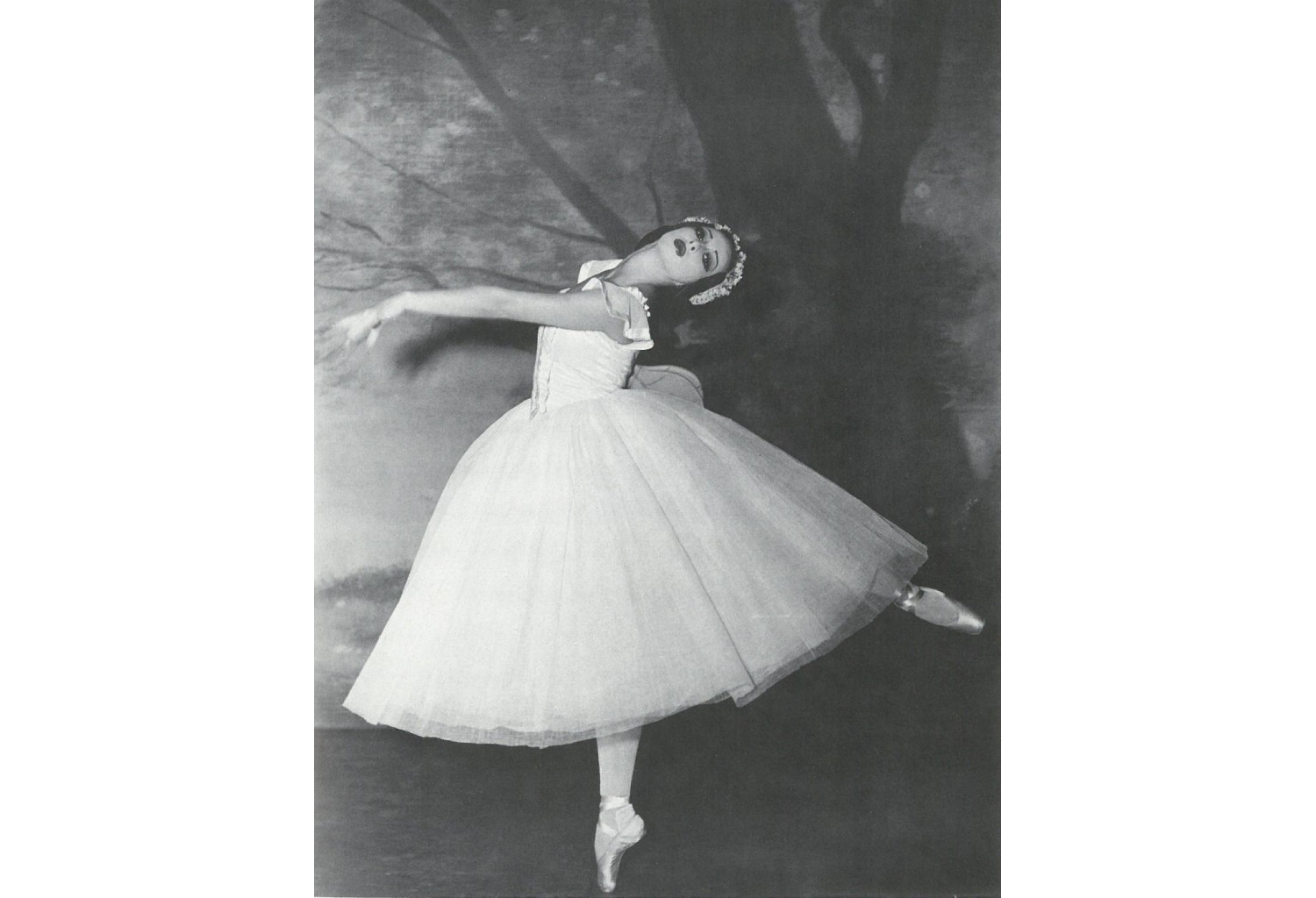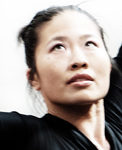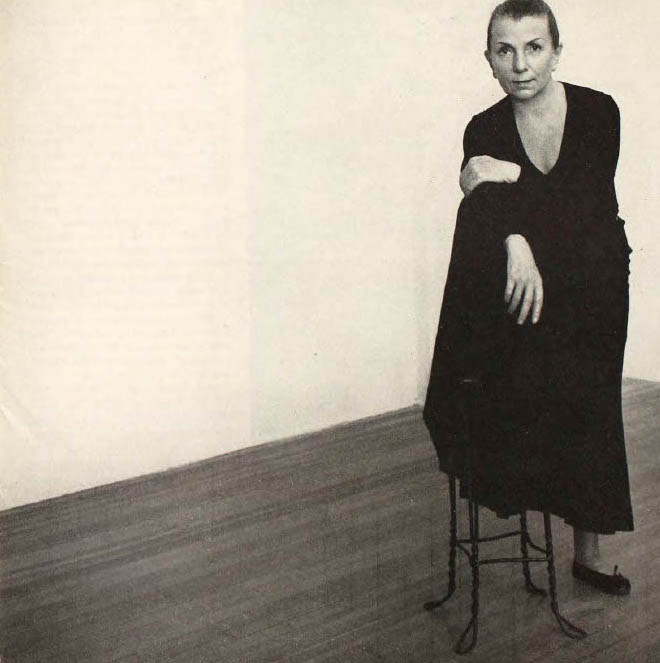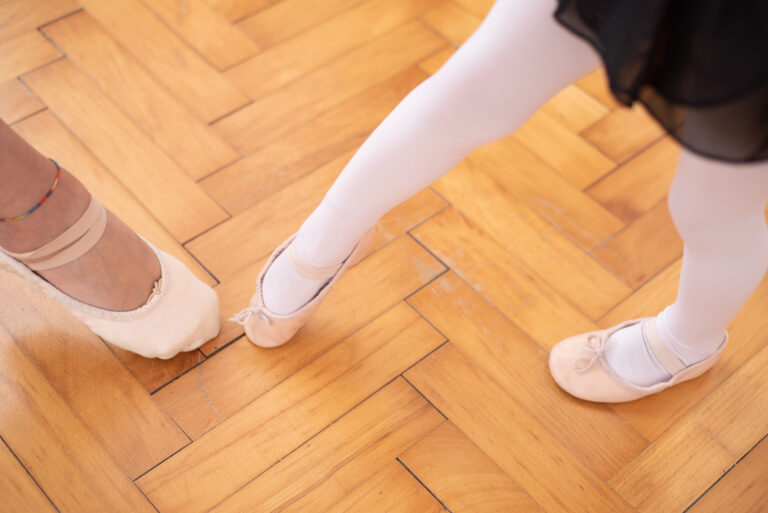
In honor of Asian American and Pacific Islander Heritage Month, here’s a brief look at the lives of some of the pioneers who led the way for AAPI dance artists today, many of whom have been excluded from mainstream accounts of dance history.
Facing internment, discrimination and laws that barred immigration and citizenship, AAPI artists managed to excel under hostile conditions—in a country where people of Asian descent were not able to become citizens until 1952 or immigrate as freely as Europeans until 1965. Notably, many of those who have left a trace in Western media have engaged with Western dance forms or conformed to Western ideals of Asian culture: performing techniques developed in Europe or America or embodying roles that white directors and producers envisioned for them on the stage and screen.
Yet even as AAPI artists navigated these white-dominated worlds and performed for white audiences, they pushed back (“There’s nothing sexy about Siamese dancing!” Michiko Iseri told Jerome Robbins in her role as soloist and dance consultant for the Broadway production of The King and I). These eight dance artists are just some of the many AAPI artists who have helped shape dance in America today.
Michio Ito (1893–1961)
Born in Tokyo, Michio Ito initially traveled to Europe with the intention of studying opera. Mesmerized by dancers such as Duncan, Pavlova and Nijinsky, he instead studied eurhythmics and soon began to perform his own choreography, which combined Japanese and European aesthetics. At the encouragement of poets Ezra Pound and William Butler Yeats, Ito and two Japanese friends created a noh performance—after which Yeats wrote the noh-inspired play At the Hawk’s Well, in which Ito danced the role of the Guardian of the Well.
In 1916, Ito moved to New York City and worked as a director, choreographer and performer in an environment primed for “oriental” art by companies such as Denishawn. In New York, Ito’s concerts were reviewed to acclaim and viewed alongside those of Doris Humphrey, Charles Weidman and Martha Graham. He also introduced Graham to her collaborator, sculptor and set designer Isamu Noguchi. Upon moving to the West Coast in the late 1920s, Ito created massive productions at the Pasadena Rose Bowl and the Hollywood Bowl and choreographed for films, including No, No, Nanette. Ito cast the young Lester Horton, a student in one of his master classes, in the role he had danced himself in a remount of the Yeats play.
As political tensions grew during World War II, Ito was arrested as an enemy alien and accused of espionage. He was deported to Japan in 1943, where he spent the remainder of his life working in dance.
Learn more: https://www.britannica.com/biography/Michio-Ito
Jadin Wong (1913–2010)
Born in Marysville, California, Jadin Wong ran away from home as a teenager, determined to go into show business. She was busking, starving and sleeping on park benches in Hollywood when Norman Foster, director of several Charlie Chan and Mr. Moto films, saw her for the first time. Wong appeared in several films, starting with Mr. Moto Takes a Vacation in 1939, the year after she began to headline shows at the San Francisco all-Asian nightclub Forbidden City, as well as other clubs on the “Chop Suey circuit.”
In 1941, Wong was about to debut on Broadway when the bombing of Pearl Harbor put a stop to the production. Instead she began to tour the U.S., Europe and Asia, entertaining U.S. troops in Europe for five years. When she returned to New York City, she appeared on Broadway in shows including The King and I and The World of Susie Wong. In the 1970s, she opened Jadin Wong Management, a talent agency that represented over 400 Asian and Asian-American performers, taking part in casting shows including Flower Drum Song, South Pacific, The King and I and M. Butterfly.
Learn more: playbill.com/article/famed-dancer-and-agent-jadin-wong-dies-at-96-com-167399
Devi Dja (1914–1989)
Born in Java, Devi Dja began dancing legong—a form of ceremonial narrative Balinese dance possibly developed for royal entertainment—at the age of 6. Although traditionally legong was danced only by young girls, after seeing a performance by ballerina Anna Pavlova in Indonesia, Dja resolved to continue past adolescence, and formed her own troupe of dancers that performed for tourists. She was seen at age 16 by conductor Leopold Stokowski in Bali, and upon his invitation, she went to London to perform, taking a company of Indonesian dancers and musicians along with her. Inspired by Pavlova’s travels, Dja toured the world with her company, becoming known as the “Pavlova of the Orient.”
With the approach of World War II, Dja settled in Hollywood and began to choreograph and appear, often unattributed, in motion pictures, notably in the 1945 The Picture of Dorian Gray. Dja became the first Indonesian woman to become an American citizen in 1954. In 1960, she partnered with her manager Raymond D. Bowman and with Ruth St. Denis to create the first known Balinese shadow puppet play in the U.S.
Learn more:
I Remember Devi Dja, by R. Christian Anderson
Ramadhan Karta Hadimadja, Gelombang Hidupku: Dewi Dja dari Dardanella (My Life’s Wave: Devi Dja of Dardanella)
Leona Mayer Merrin, Standing Ovations: Devi Dja, Woman of Java
Dorothy Toy (1917–2019) and Paul Wing (1912–1997)
Born Dorothy Shigeku Takahashi in 1917 in San Francisco, Dorothy Toy grew up in Los Angeles, where her parents owned a restaurant across the street from the Regent, a vaudeville theater. When the manager of the Regent saw her dancing, he encouraged her mother to enroll her in lessons, and Toy became the star pupil of her Russian ballet teacher.
At the Regent, Paul Wing danced in acts with his uncle, vaudeville and film actor Sammee Tong. Toy and Wing were cast as tap dancers in the 1934 film Happiness Ahead (along with Dorothy’s sister, Helen, who later became a singer), and Wing proposed that they continue dancing together. They toured to Chicago and New York City, where Toy and Wing became the first Asian-American dancers to appear on Broadway. During World War II, Toy’s parents were imprisoned in an internment camp and lost their restaurant. Wing was drafted in 1943. After the war, they continued to perform in clubs and films, earning Toy the nickname, “the Asian Ginger Rogers.”
Learn more: Dancing through Life: The Dorothy Toy Story, by Rick Quan
Sono Osato (1919–2018)
Born in Omaha, Nebraska, to a Japanese father and an Irish–French Canadian mother, Osato joined the Ballet Russe de Monte Carlo at the age of 14 as the youngest dancer in the company, the first American, and the first dancer of Japanese descent. Though encouraged to change her name to sound more “Russian,” Osato refused. In the early 1940s, she joined what is now known as American Ballet Theatre. A year later, her father was interned as an enemy alien and her brother was enlisted in the All-Japanese Regimental Combat Team. Osato began performing under her mother’s maiden name, Fitzpatrick, and was barred from tours due to racism. Even so, during the war, Osato starred on Broadway as a principal dancer in One Touch of Venus, a role for which she won a Donaldson Award, and as the original Ivy Smith in On the Town in 1944, a production noted for its groundbreaking racial diversity.
Learn more: Autobiography: Sono Osato, Distant Dances
Michiko
As a girl, Michiko Iseri practiced Japanese classical dance and kabuki. During her incarceration at the Heart Mountain internment camp in Wyoming, she continued to mount performances. She resettled in New York City in 1944, sponsored by dancer Teiko Ono, who, prior to the war, had founded a pan-Asian dance company on the West Coast with which Michiko had learned Chinese, Korean, Javanese, Balinese, Burmese and Thai dancing. By 1948, Michiko had become an established teacher of Japanese dance. Several of her students auditioned for the original Broadway production of The King and I, and eventually Jerome Robbins asked to meet her. Despite concerns about the production’s inauthenticities, Michiko (as she was billed) became the “oriental dance consultant” and, with Yuriko, performed as one of two featured Asian dancers in a production largely done in yellowface.
Learn more: playbill.com/article/a-history-of-casting-king-and-i-cultural-evolution-and-community-action-com-346584
Yuriko (1920–)
Born Yuriko Amemiya in San Jose, California, Yuriko was sent to Japan to escape the flu epidemic that killed her father and two of her sisters. In the care of dancer Konami Ishii, she studied eurhythmics and European dance, performing in recitals and tours. After her return to the U.S., Yuriko was imprisoned at the Gila River War Relocation Center internment camp, where she taught dance to around 100 interned children and women. Upon resettlement in New York City, Yuriko worked as a seamstress, and, seeking to dance, she arrived at Martha Graham’s studio. After just a week of classes together, Graham invited her to join the company—but only after first requesting permission from the other dancers for an Asian dancer to join during wartime. Yuriko danced principal roles with the Graham company from 1944 to 1967, founded its pre-professional company now known as Graham 2, played featured roles in the original Broadway productions of The King and I and Flower Drum Song, and has restaged numerous Graham works. She is the only living dancer from the original cast of Appalachian Spring.
Learn more: Emiko Tokunaga, Yuriko: An American Japanese Dancer. To Wash in the Rain and Polish with the Wind




